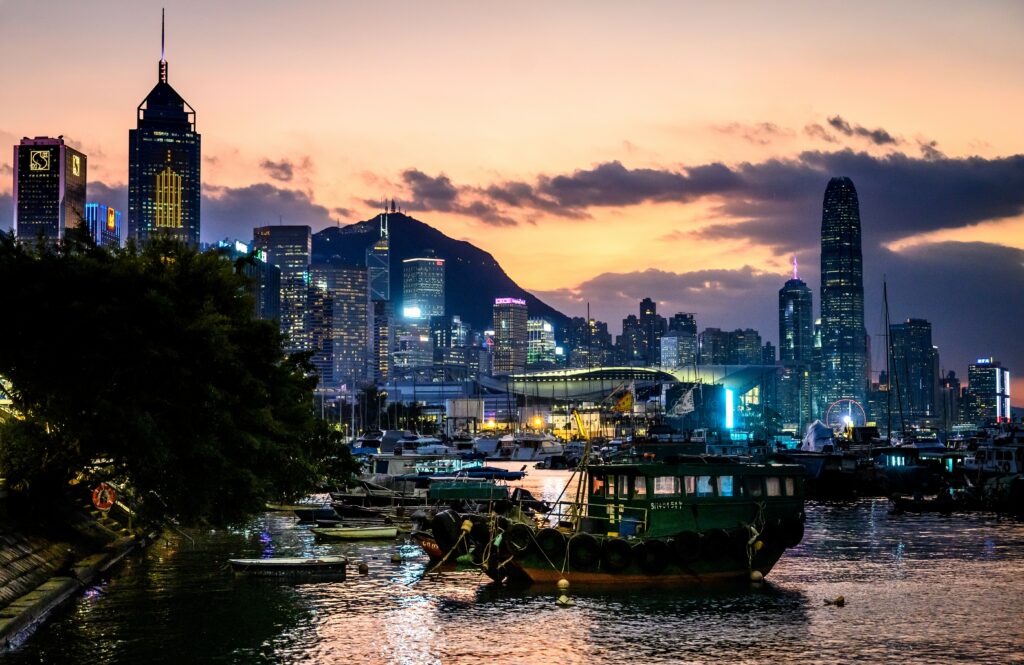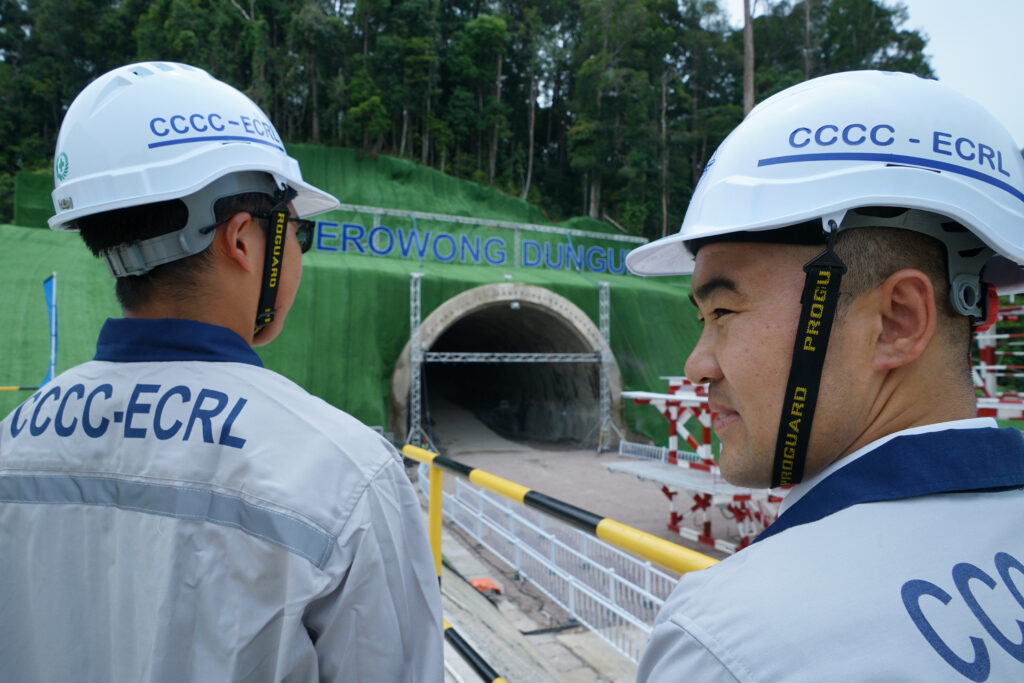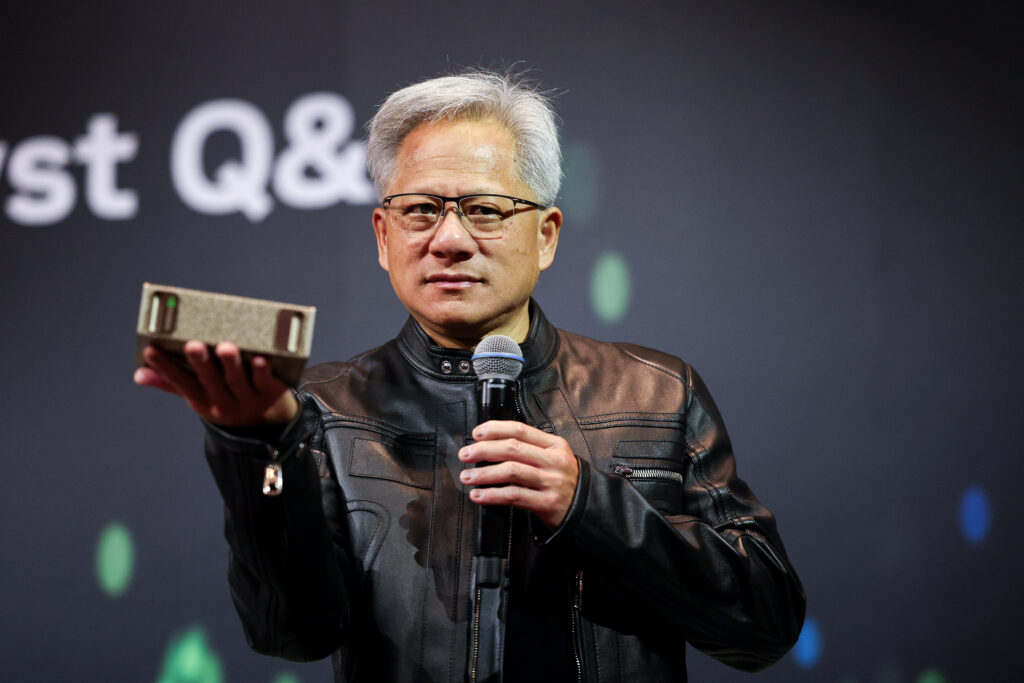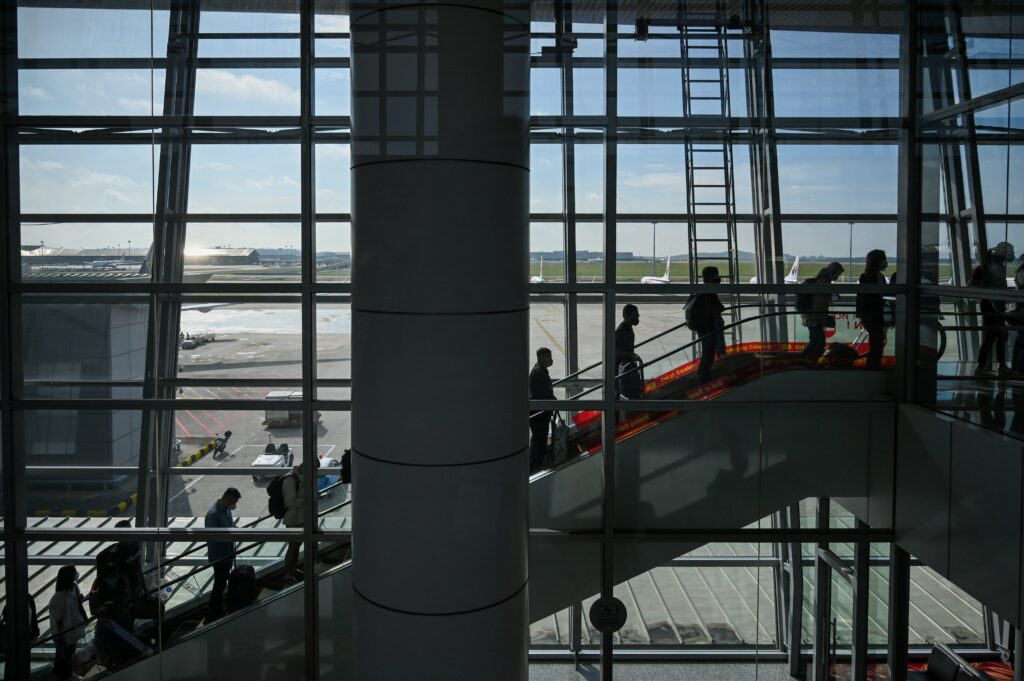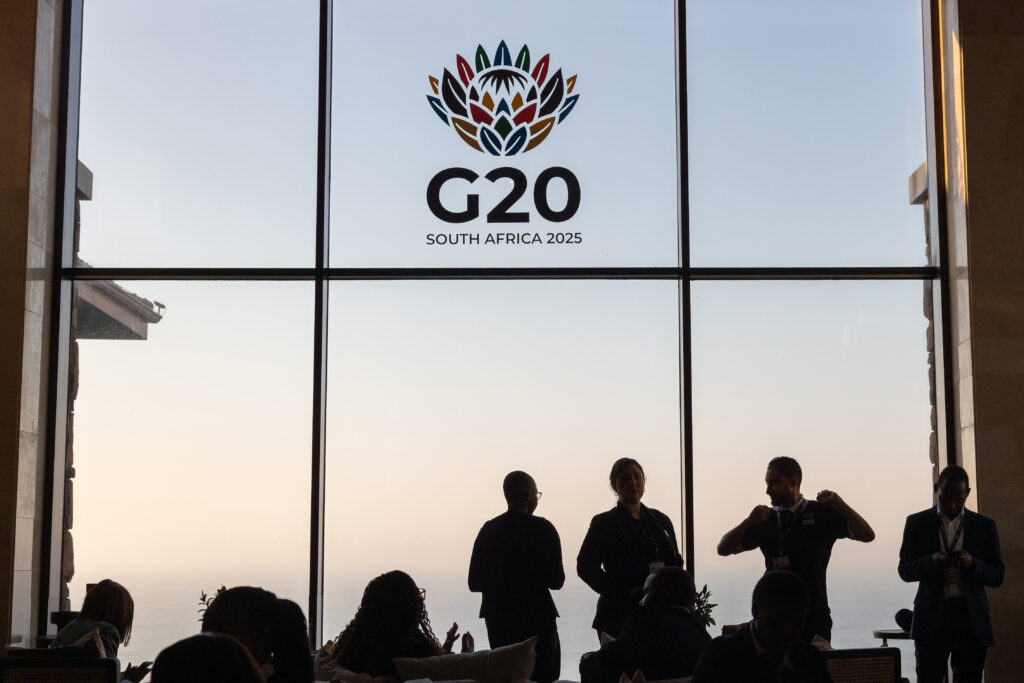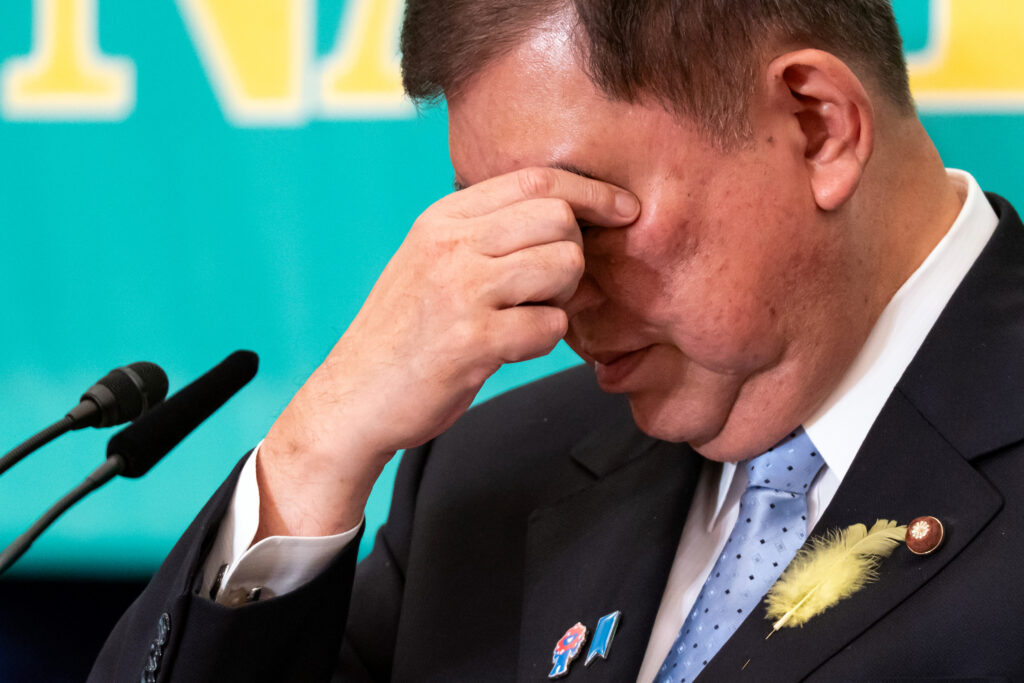Hong Kong leads most stocks higher, yen gains as Ishiba vows to stay
Equities mostly rose Monday on optimism countries will reach US trade deals before an August 1 deadline, while the yen gained after Japanese Prime Minister Shigeru Ishiba said he would stay in office despite another election defeat.Hong Kong topped 25,000 points for the first time in three years as tech giants advanced following strong earnings from Taiwanese chip giant TSMC and news US titan Nvidia would be allowed to export key semiconductors to China.While only three countries have signed agreements to avoid the worst of US President Donald Trump’s tariffs, analysts said investors were hopeful that others — including Japan and South Korea — will follow suit.The upbeat mood has been helped by a series of largely positive US economic data releases that suggested the world’s top economy remained in rude health, helping to push Wall Street to multiple record highs.Hong Kong climbed to as much as 25,010.90 — its highest level since February 2022 — thanks to a strong performance in ecommerce leaders Alibaba and JD.com and food delivery provider Meituan.A surge in Chinese money supply sparked by Beijing’s stimulus measures has added to the jump in Hong Kong’s market, which has spiked around 25 percent since the turn of the year.There were also gains in Shanghai, Singapore, Seoul, Wellington, Manila, Mumbai and Jakarta, while London gained in the morning.Sydney, Bangkok and Taipei slipped with Frankfurt and Paris, and Tokyo was closed for a holiday.The yen strengthened against the dollar after Ishiba vowed to stay on even after his ruling coalition lost its overall majority in Sunday’s lower house elections, months after it suffered a similar fate in an upper house vote.The losses came amid growing anger at the surging cost of living, including a doubling in the cost of rice.Analysts said that while the result was bad for the Liberal Democratic Party and its partner Komeito, the fact that the prime minister would remain in office provided some stability for now.The yen strengthened to 147.78 per dollar before paring the gains to sit around 148.10 later in the day.The currency had been weighed in recent weeks by expectations a bad defeat would lead to more spending and tax cuts.Despite Ishiba’s decision to stay, he will still face pressure to cut or abolish consumption tax, something Ishiba has opposed in view of Japan’s colossal national debts of more than 200 percent of gross domestic product.It also comes as he struggles to reach a trade deal with Trump, who has threatened tariffs of 25 percent on goods from Japan.Jiji Press reported that Ishiba would inform a meeting of senior LDP figures on Monday that he will stay in office.If he did go, it is unclear who might step up to replace him now that the government needs opposition support in both chambers to pass legislation.The election result “now raises a host of questions, including whether… Ishiba remains in power or decides to resign, how potentially expansionary could fiscal policy become, and will domestic politics be a hurdle in reaching a potential trade agreement with the US?”, wrote Paul Mackel, global head of forex research at HSBC.Others suggested the yen could still come under pressure, and possibly top 150 for the first time since March, owing to lingering uncertainty about the leadership and pressure on the central bank to hold off more interest rate hikes.David Chao, global market strategist for Asia Pacific at Invesco, warned: “The increased political fragility is likely to constrain the Bank of Japan’s ability to tighten monetary policy in the near term, as it may be reluctant to add further pressure to an already volatile landscape.”- Key figures at around 0810 GMT -Hong Kong – Hang Seng Index: UP 0.7 percent at 24,994.14 (close)Shanghai – Composite: UP 0.7 percent at 3,559.79 (close)London – FTSE 100: UP 0.2 percent at 9,005.57Tokyo – Nikkei 225: Closed for a holidayDollar/yen: DOWN at 147.99 yen from 148.73 yen on FridayEuro/dollar: UP at $1.1641 from $1.1627Pound/dollar: UP at $1.3440 from $1.3414Euro/pound: DOWN at 86.61 pence from 86.67 penceWest Texas Intermediate: UP 0.1 percent at $67.43 per barrelBrent North Sea Crude: FLAT at $69.29 per barrelNew York – Dow: DOWN 0.3 percent at 44,342.19 (close)
